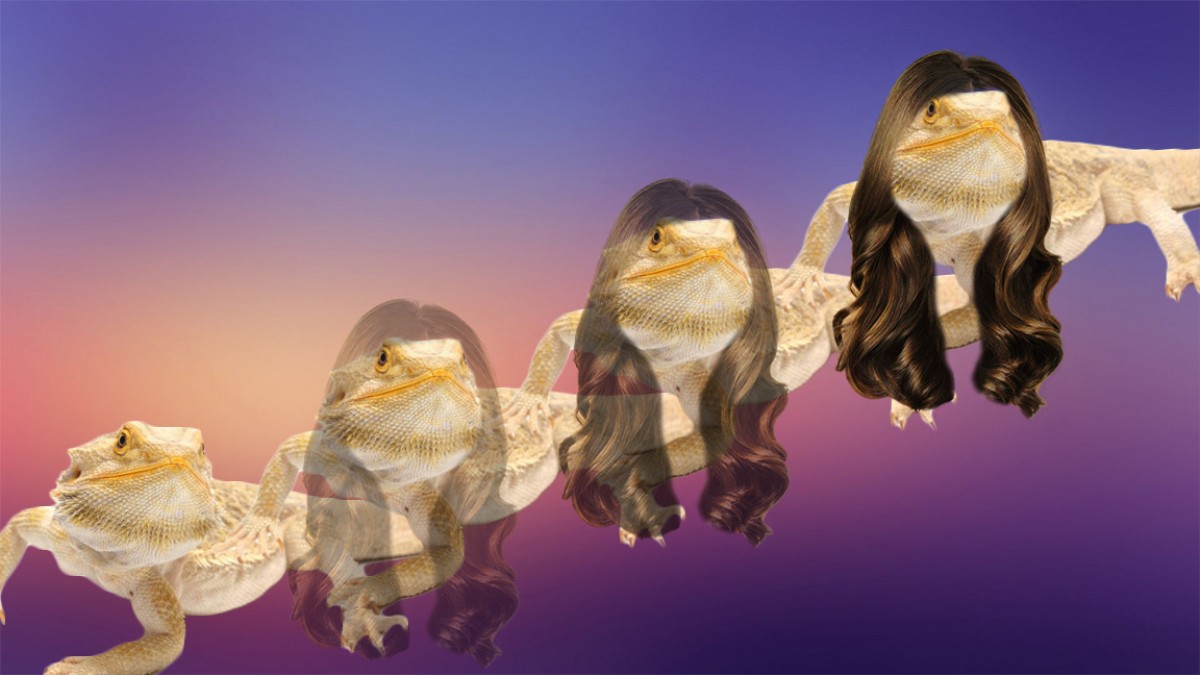Biology and Gender
From Banana Slugs to Human Beings, There Are Just Two Sexes
An examination of 18 supposedly ‘trans animals’ disproves activist claims that we all live on a non-binary gender ‘spectrum.’

Pity the poor clownfish—a brightly coloured creature, once made famous by the 2003 animated film Finding Nemo, which has now been reduced to a prop in the ongoing debate about sex and gender identity. That’s because, unlike mammals (including humans), clownfish are what scientists call “sequential hermaphrodites” of the protandrous variety. What this means is that while every clownfish starts out as male, some switch sexes if a female is needed by the school.

Anyone who’s followed the debate about transgender rights will immediately understand why this type of fish now has a starring role in advocacy materials designed to convince the broad public that sex-switching is a common feature in the natural kingdom, including among humans. In Canada, for instance, the publicly funded CBC is airing a documentary titled Fluid: Life Beyond the Binary, in which the self-described “non-binary” host, Mae Martin, invokes the existence of clownfish, and various other creatures, to argue that “each of us are on the gender spectrum.” Not surprisingly, Martin is explicitly promoting the documentary as a paean to social justice, and as a rebuke to anyone seeking to put limits on “gender-affirming health care” (such as the double mastectomy that Martin publicly announced in 2021).

This week, British human-rights campaigner Peter Tatchell tried to advance similar arguments in a widely read tweet referencing—as the linked Gay Times article put it—“18 animals you didn’t know were biologically trans.”







